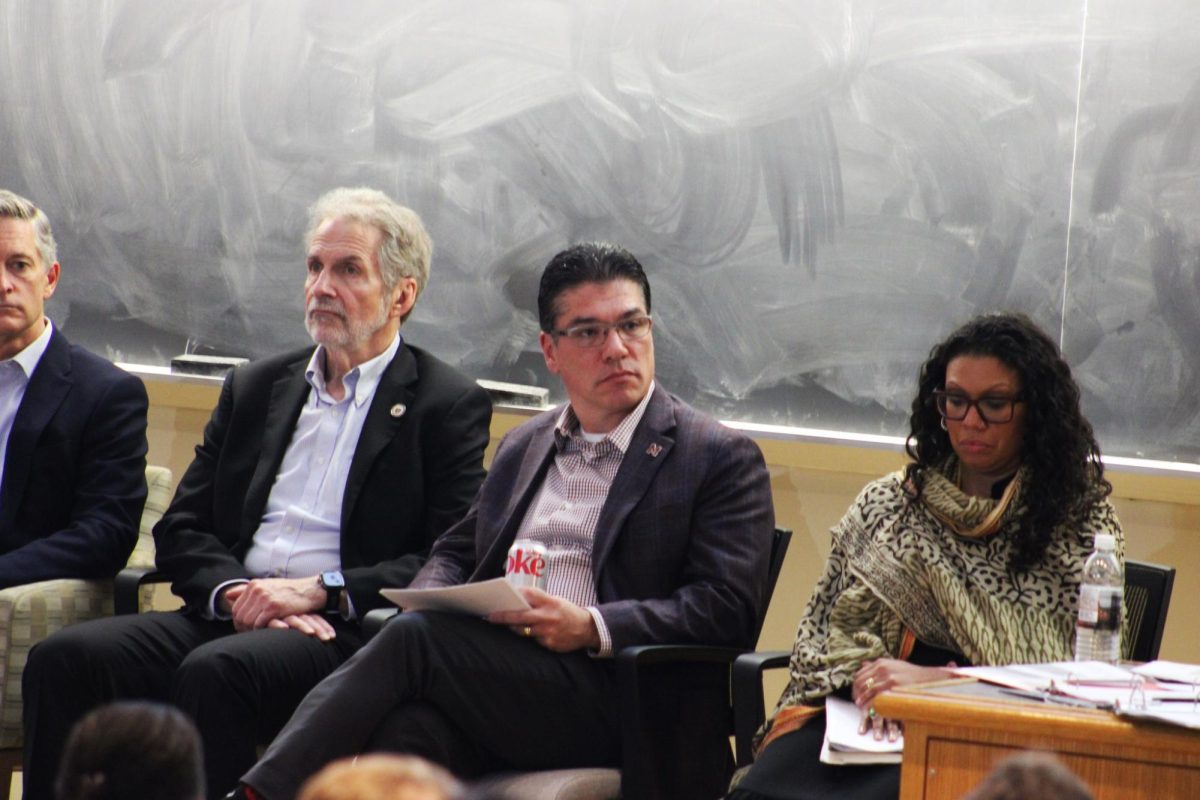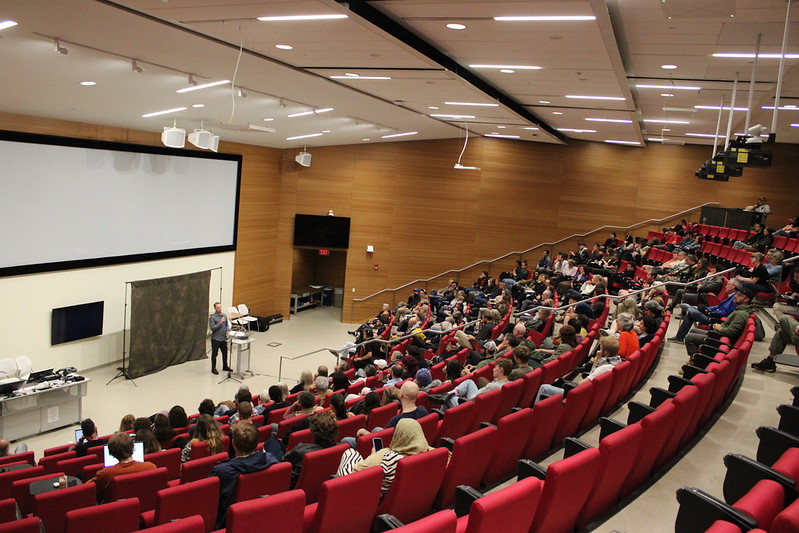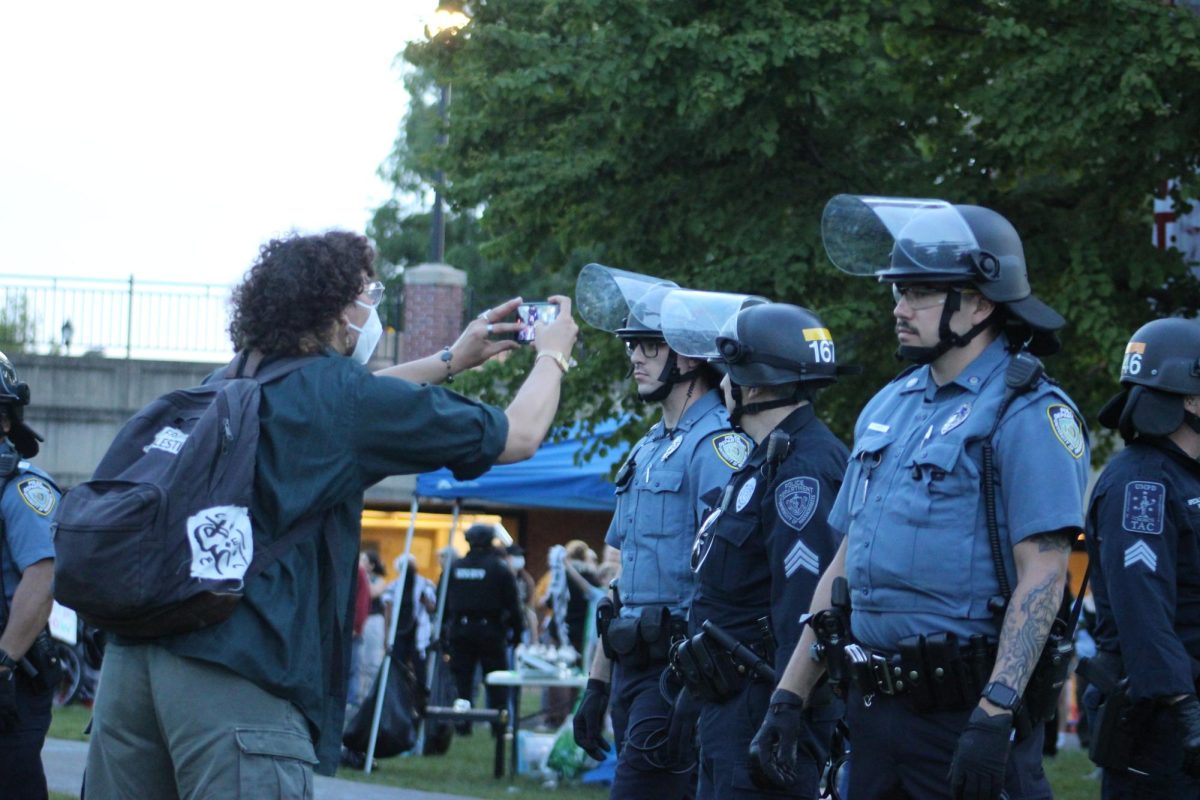Amherst College has always been down the street from the University of Massachusetts. To get from one school to the other it’s about a 10-minute walk or five-minute bus ride. Along with many of my fellow students, I’ve never really paid attention to our neighboring campus and I’m sure the same is true for their students when thinking of UMass. With these schools in such close proximity though, why isn’t there a close relationship or maybe even a healthy rivalry?
The overlying truth, which I discovered, is that students don’t really understand why there isn’t any interaction between the schools, but they certainly recognize that the distance is there. When asking students why there is distance, I received a variety of answers all pointing to a big, overlying “I don’t know.” A senior UMass communication disorders major, said, “I think the fact that I don’t have a single friend at Amherst and the college is like 5-minutes away sort of says something.”
Junior Megan Bannon believes that, “UMass students never need to go to anything on (Amherst’s) campus because UMass provides enough entertainment.”
When I brought this question to Amherst College, I got similar responses. Three Amherst College students, wishing to remain anonymous, said that they rarely think about UMass and find that students from both schools don’t really care. “Most people do not really think about things outside their immediate personal world,” said one student.
Another replied, “It’s really weird that the two schools are so close yet they both ignore the other’s existence.”
I feel the reason why this lack of connection occurs is because the students feel that their school and the type of students there are radically different. UMass, a public institution, has a large student body of about 24,000, while the private Amherst College has approximately 1,500 students. “UMass is a lot larger than Amherst and we don’t have much in common,” said a senior UMass student.
UMass definitely offers a wider range of programs when compared to Amherst College but UMass’ research facilities and larger course offerings bring Amherst students to UMass every semester. Still there is little intimacy between the student bodies.
There is a chance for interaction though since this area we live in is entirely unique. The Princeton Review advertises that one of the advantages of the schools in the Five-College area is opportunities provided by the consortium. Academics aside, students can mingle, play, and get involved with these other campuses on many levels besides using their libraries. Plainly put: in a 15-mile radius there are 35,000, 18 to 22-year-olds running around. You’d think common ground, or at least hormonal ground, would be found somewhere.
Stereotyping is driving a rift between the two schools. I spent my earlier years believing Amherst College students were all boring, studious, rich kids with a stuck up intent on being antisocial. It was not until I attended an event at Amherst and met some great people whom, to my surprise, were much like average B-students such as myself. When presenting the stereotype idea to individuals their responses were as clich






